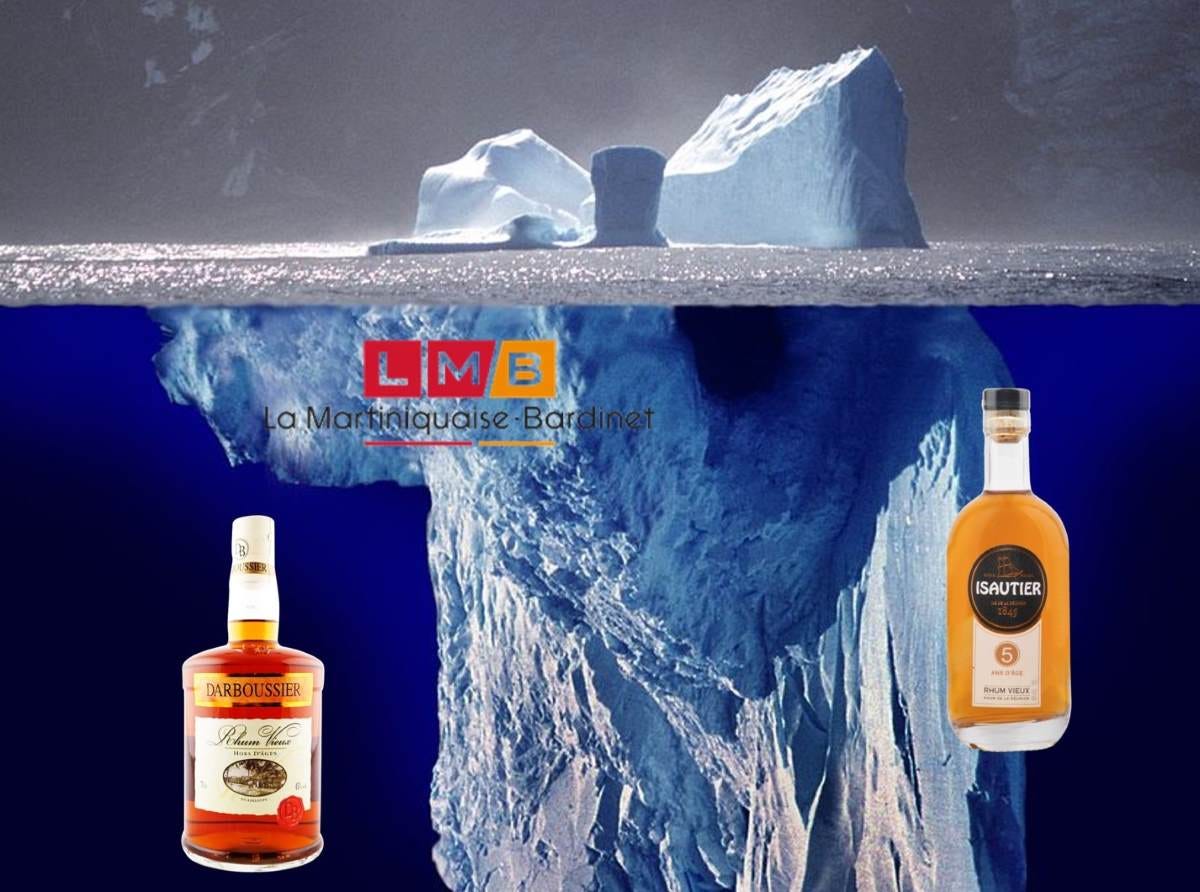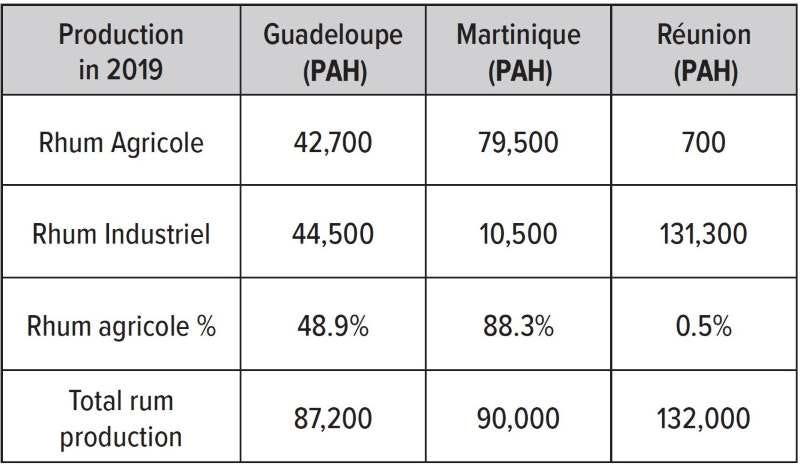French Rum - Below the Waterline
Something that became clear while writing Modern Caribbean Rum is just how siloed the global rum industry is. It’s not so surprising since the largest rum makers primarily operate in three different languages, Spanish, French, and English. Details of Spanish-heritage rum making are mostly communicated in Spanish, while the French rum industry is typically reported in French. Thus, for English-only speakers like me, there can be significant blind spots regarding rums from other heritages. With that in mind, let’s look at some aspects of French rum that many enthusiasts aren’t aware of.
Within the enthusiast world, France is famous for its rhum agricole, made from cane juice. The agricole rums of Martinique and Guadeloupe receive the lion’s share of attention given to French-made rum. However, rhum agricole hasn’t fully pushed out molasses-based rhum traditionnel, aka rhum industriel. In fact, French rum makers collectively make far more rum from molasses than cane juice.
Surprised? Read on.
French Departments
Martinique, Guadeloupe, Réunion Island (in the Indian Ocean,) and Guyane (aka French Guiana) are regions of France rather than independent nations. They are legally equivalent to regions within metropolitan France, e.g., Paris, Normandy, or Burgundy. It’s akin to Hawaii being fully part of the US, despite being thousands of kilometers from the US mainland. The four French territories are known as departments. (Marie-Galante administratively falls within the department of Guadeloupe.)
In French legalese, the overseas departments are collectively referred to as départements d’outre-mer, often abbreviated to DOM. They are all subject to French regulations and national oversight of their sugar and rum industries, and that oversight is consistent across all of them.
The French Rum Market: Who Makes What?
While French rum is synonymous with rhum agricole for most, the combined output of France’s overseas territories is roughly 60% molasses rum versus 40% cane juice rum.
Martinique and Guadeloupe make roughly equal amounts of rum. But while Martinique’s output skews heavily toward agricole, Guadeloupe makes roughly equal amounts of agricole and molasses rum.
Unbeknownst to most people, Réunion is France’s largest rum-producing department, and 99.5 percent of its rum is from molasses. The table below, summarized from French government data, shows the total output of the three territories by rum type. The data didn’t include Guyane, presumably because the production from its single distillery is quite small.
While nearly all agricole rum goes towards premium, distillery branded rums, a substantial amount of the molasses rum is sold as bulk and goes into blended commodity rums. Other amounts go into premium brands like Isautier, Darboussier and Rivière du Mât, which aren’t regularly imported into the US.
Who exactly is making and selling all this molasses rum? Much of the answer lies with France’s biggest rum producer.
COFEPP
One company dominates the French rum landscape despite few people outside France being aware of its existence: Compagnie Financière Européenne de Prises de Participation, abbreviated as COFEPP.
COFEPP is France’s second-largest spirit company, behind Pernod-Ricard. However, most people know of COFEPP via its subsidiaries, Bardinet and La Martiniquaise. COFEPP also took over control of Marie Brizard in 2019, although French regulators were not altogether pleased.
COFEPP’s rum holdings comprise the largest percentage of rum production in Martinique, Guadeloupe, and Réunion. So large that when COFEPP sought to purchase its competitor Quartier Français Spiritueux in 2011, it came to the attention of the French Competition Authority. The deal was eventually approved, but COFEPP was required to sell certain assets, including Bellonie Bourdillon Successeurs (BBS), the owner of Martinique’s La Mauny.
COFEPP owns the Saint-James and Depaz distilleries in Martinique and certain aspects of the Le Galion sugar factory and distillery.
In Guadeloupe, COFEPP owns three distilleries. Two of them, SIS Bonne Mère and Sucrerie Rhumerie de Marie-Galante, make molasses rum and are the largest distilleries in Guadeloupe. The third is Bellevue Marie-Galante, a large agricole rum distillery. COFEPP is also a shareholder in Guadeloupe’s two sugar factories.
On Réunion, COFEPP owns Rivière du Mât, Réunion’s largest distillery and quite likely France’s largest rum distillery, with a capacity of approximately nine million LAA annually.
COFEPP’s rum portfolio includes Saint-James, Depaz, Dillon, Bally, Bellevue, Rivière du Mât, Negrita, Old Nick, and Galion. It also owns Aguacana, a cachaça brand. The company’s non-rum portfolio includes Cutty Sark, Glen Moray, and numerous other alcoholic beverage brands.
In short, COFEPP has significantly larger rum operations than Spiribam, its nearest French rum competitor. Spiribam owns Rhum Clément, Rhum J.M, La Belle Cabresse (Guyane), Arcane (Mauritius), and St. Lucia Distillers.
Final Notes
The information above is excerpted from Chapter 16 (“French Overseas Departments”) of Modern Caribbean Rum. While hopefully an interesting read by itself, it’s also a prelude to a future story on Réunion rum-making and the French equivalent to high congener Jamaican rum. Stay tuned!







Loved this. Keep it up, sir.
Thanks, as always, for the detail! Greatly appreciate you consistently shedding light into the recesses of the rum production world. My copy of Modern Rums arrives this evening. Looking forward to spending many an hour poring over its pages!